Introduction
Kainan Jarrette and Diana Daly
Where we are
The current media landscape is rocky terrain at best. Traditional media outlets continue to be replaced by online social platforms and their networks of producers. The increasing capabilities of artificial intelligence (AI) make creating misinformation as simple as typing a prompt, and that misinformation is spread at lightning speed through social media. Meanwhile, institutional trust has been eroded to its lowest point1 in nearly 70 years, and facts matter so little that “post-truth” is the moniker of the era. People are primed for being deceived, and deception has never been easier.

When we say deception, we mean when content obscures its origin, distorts meaning, or misrepresents reality, often to exploit cognitive biases or provoke emotional responses. Fortunately, that deception can be decoded by understanding its flaws through the lens of critical thinking. That’s what this book aims to teach you how to do.
About this Book
Donor Acknowledgment
Decoding Deception was made possible by a generous, anonymous donor whose commitment to helping fight psychological manipulation was deeply personal. As a teenager the donor learned their family members who had remained in Europe had all perished in the Holocaust. This motivated him to study the speeches and propaganda techniques used by the Nazis and other authoritarian leaders, and gave the donor and his spouse a clear and sobering understanding of how psychological manipulation and disinformation can lead to real-world violence. They recognized the patterns, the rhetoric, and the consequences—not in theory, but in family history. The donor was motivated not only by the rise of deceptive media tactics but by how easily those around them could be persuaded by lies. Their support allowed us to create a resource that is experimental, creative, and focused on helping people recognize and resist the many forms of manipulative communication we all encounter.
This Book is an Open Educational Resource.
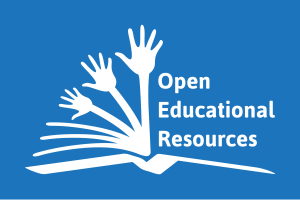
Consistent with the authors’ commitment to having knowledge be accessible wherever possible, Decoding Deception is an Open Educational Resource, or OER. As defined2 by David Wiley, the concept of an OER can be broken into “5 R’s”:
- Retain – The right to make, own, and control copies of the content (e.g., download, duplicate, store, and manage)
- Reuse – The right to use the content in a wide range of ways (e.g., in a class, in a study group, on a website, in a video)
- Revise – The right to adapt, adjust, modify, or alter the content itself (e.g., translate the content into another language)
- Remix – The right to combine the original or revised content with other material to create something new (e.g., incorporate the content into a mashup)
- Redistribute – The right to share copies of the original content, your revisions, or your remixes with others (e.g., give a copy of the content to a friend)
This open license means that anyone with internet access can read, view, and interact with the Decoding Deception material at https://opentextbooks.library.arizona.edu/decodingdeception/. Further, anyone (including course instructors and educators) can adopt and adapt any of the Decoding Deception material for free, as long as they attribute the content to the original authors.
Share Your Experience!
How This Book is Structured
As of the current version, this book is divided into two main parts:
Critical Thinking
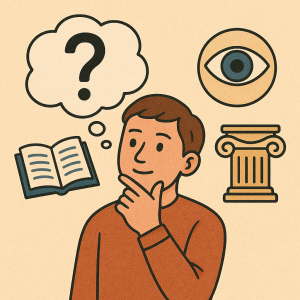 Critical thinking skills are arguably one of the best tools for resisting the influence of misinformation.
Critical thinking skills are arguably one of the best tools for resisting the influence of misinformation.
This section introduces (or refreshes) readers on what critical thinking is, why it’s important, and how to use it, through chapters on Epistemology, Cognitive Bias, Logic and Intuition, Media Literacy, and AI Literacy.
Logical Fallacies
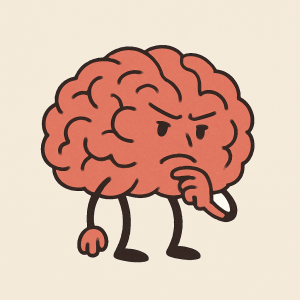 The persuasiveness of misinformation often relies in part on the use of logical fallacies.
The persuasiveness of misinformation often relies in part on the use of logical fallacies.
This section introduces and defines the concept of logical fallacies, and explores common fallacies: Red Herrings, Straw Man Arguments, Ad Hominem Attacks, False Equivalences, Slippery Slope Arguments, False Dilemmas, Appeals to Authority, and Hasty Generalizations.
Readers will learn what errors in reasoning the fallacies contain, how to spot them (in others and themselves), and how to protect against them.
Gamification of Useful Information
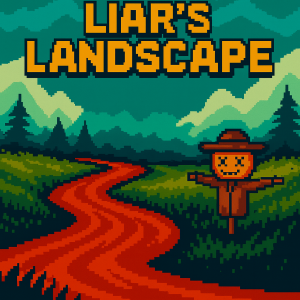 For readers or instructors who want a quicker and more interactive jump into logical fallacies, we also have our Liar’s Landscape game that covers the first four fallacies mentioned above!
For readers or instructors who want a quicker and more interactive jump into logical fallacies, we also have our Liar’s Landscape game that covers the first four fallacies mentioned above!
How This Book Uses H5P Content
Most chapters of this book contain H5P content which is meant to help readers better retain and reflect on what they’ve learned. This content can also be used by instructors to gauge student progress or as included assignments as part of a course.
Quizzes and Knowledge Checks
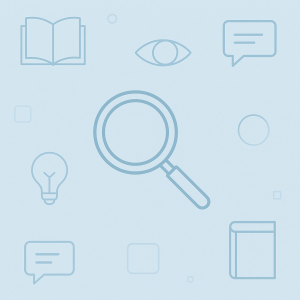 These are sets of close-ended questions, usually meant to test specific knowledge. Types of questions include:
These are sets of close-ended questions, usually meant to test specific knowledge. Types of questions include:
- True or False
- Multiple Choice
- Drag and Drop
- Fill in the Blank
Short Essay and Documentation
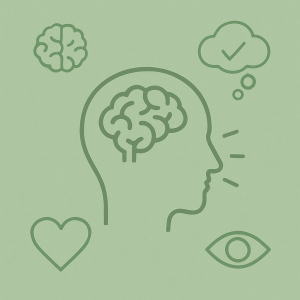 These are open-ended questions, usually meant to make readers reflect on the concepts and how they may apply to their own lives.
These are open-ended questions, usually meant to make readers reflect on the concepts and how they may apply to their own lives.
These all use the H5P content “Documentation Tool,” which allows readers to export their answers as a PDF (which can then be sent or uploaded to a course, instructor, etc).
How this Book Tracks Changes
Any future changes to this book will be tracked in a Version Update History. That page explains in more detail our revision philosophy, but essentially:
- We won’t be removing parts, chapters, H5P content, or glossary terms.
- We will (potentially) be adding or expanding parts, chapters, H5P content, and glossary terms.
Announcements
We also have an Announcements page at the beginning of this book where you can stay up to date about updates, research opportunities, new resources, and more!
A Note on The Images Used in this Book
Unless where otherwise noted, all the images in this book were created by ChatGPT in collaboration with the authors. All images are being put up under a Creative Commons Zero (CC0) license, meaning they are public domain and so can be used and adapted by anyone for free.
Read more about our use of AI for this book here.
References
1 Pew Research Center. (2024, June 24). Public trust in government: 1958-2024. https://www.pewresearch.org/politics/2024/06/24/public-trust-in-government-1958-2024/
2 Wiley, D. (n.d.). Defining the “open” in open content and open educational resources. OpenContent.org. https://opencontent.org/definition
Media Attributions
- Fractured Digital Landscape © ChatGPT is licensed under a CC0 (Creative Commons Zero) license
- Global_Open_Educational_Resources_Logo.svg © Jonathasmello is licensed under a CC BY (Attribution) license
- Thinking © ChatGPT is licensed under a CC0 (Creative Commons Zero) license
- Brain © ChatGPT is licensed under a CC0 (Creative Commons Zero) license
- Liar’s Landscape Title © ChatGPT
- Knowledge Check Background is licensed under a CC0 (Creative Commons Zero) license
- Think About It Background © ChatGPT is licensed under a CC0 (Creative Commons Zero) license
when content obscures its origin, distorts meaning, or misrepresents reality, often to exploit cognitive biases or provoke emotional responses

